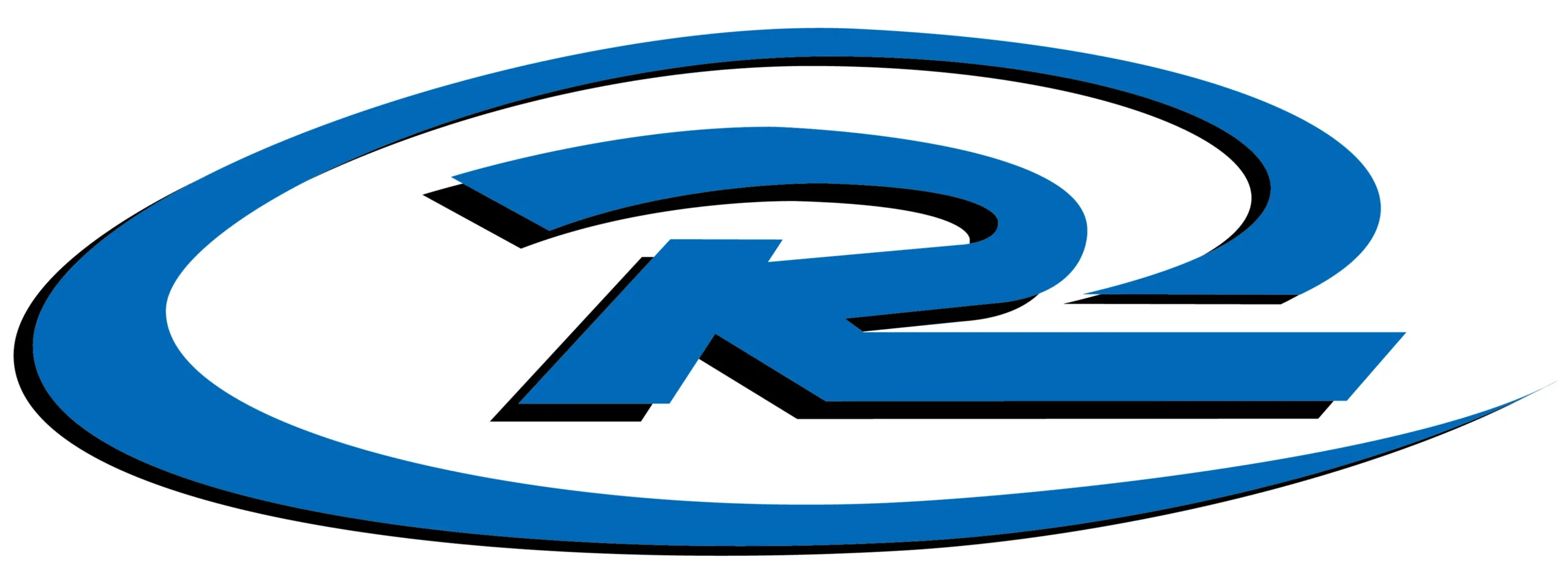4 Financial Aid Myths
Of all the myths swirling around the college admissions process, the ones involving financial aid are probably the biggest whoppers.
Financial aid misconceptions can easily hurt families, which is why parents with a working knowledge of financial aid will often have a greater chance of capturing price breaks.
[Get more advice on how to pay for college.]
To help clear up some of the confusion, here are four of the most common financial aid myths.
1. I make too much money to qualify for financial aid.
You shouldn’t automatically assume that you won’t qualify for need-based assistance. How much income you earn is only one part of the equation. What also matters is the price of a particular college. For example, some families that don’t qualify for aid at moderately priced state schools may be in line for considerable help at pricey universities.
At Princeton University, for instance, families making between $160,000 and $180,000 qualified during the current school year for an average of $26,450 in financial aid.
You can obtain an early assessment of whether your family might qualify for aid by using a free financial aid calculator. A calculator will produce an estimated Expected Family Contribution, which is what colleges would expect you to pay, at a minimum, for one year of school.
You can find EFC calculators at the College Board and at TuitionCoach.
[Learn more about using aid calculators.]
2. My home equity will kill my chances for aid.
Most colleges won’t care if you own a house and won’t count home equity against you if you do. That’s because the majority of schools rely on the federal aid application, the Free Application for Federal Student Aid (FAFSA), which doesn’t ask parents if they own a home.
Colleges that use an additional form, the CSS/Financial Aid PROFILE , will ask about a family’s home equity. With rare exception, however, these colleges will limit the amount of home equity they consider when they evaluate a family’s ability to pay. Colleges will typically impose a cap that rarely exceeds 2.4 times a family’s income, according to Paula Bishop, a CPA in Bellevue, Wash. who assists families with financial aid issues.
Here is the list of the colleges and universities that use the PROFILE.
3. I have saved too much in my child’s college fund to qualify for aid.
This is a stubborn myth, which I addressed recently in my blog post on Why Saving for College Won’t Kill Your Chances for Financial Aid. In reality, less than 4 percent of American families who apply for financial aid are penalized for their savings.
4. Completing financial aid forms is a waste of time.
The vast majority of families should complete financial aid applications, because without filing these documents, they will have no hope of receiving need-based aid.
The FAFSA will be available beginning Jan. 1 . The application should not take long if you gather the necessary documents before you begin. You can find out what information you’ll need to complete the FAFSA by checking out the FAFSA on the Web Worksheet.
The latest PROFILE is available every fall. While the FAFSA is free, the PROFILE costs $25 for the initial application and college report, and all additional reports are $16 each. Some low-income families will be eligible for fee waivers.
